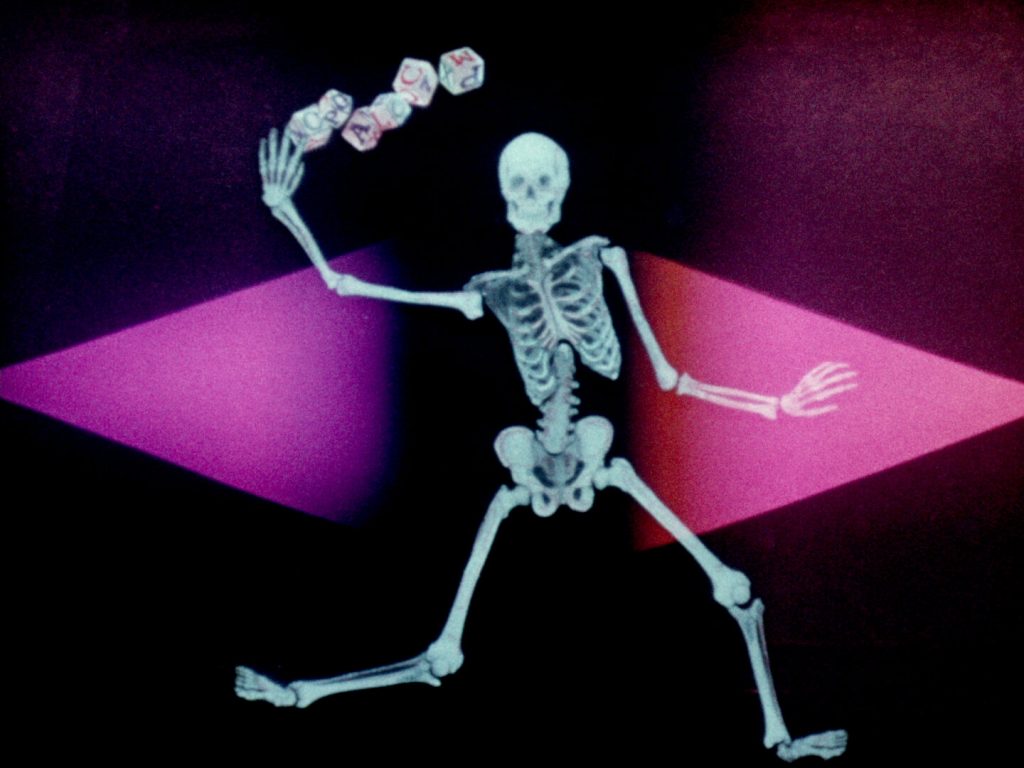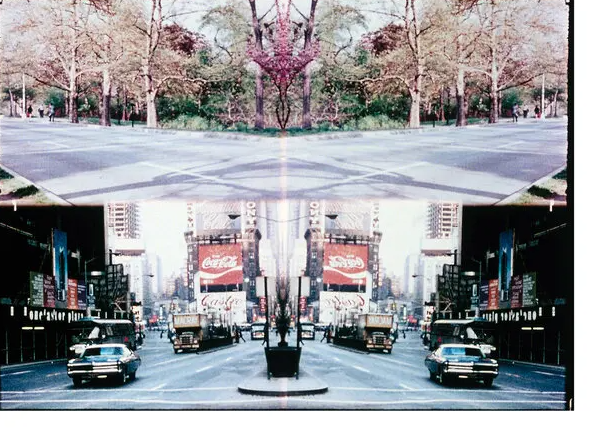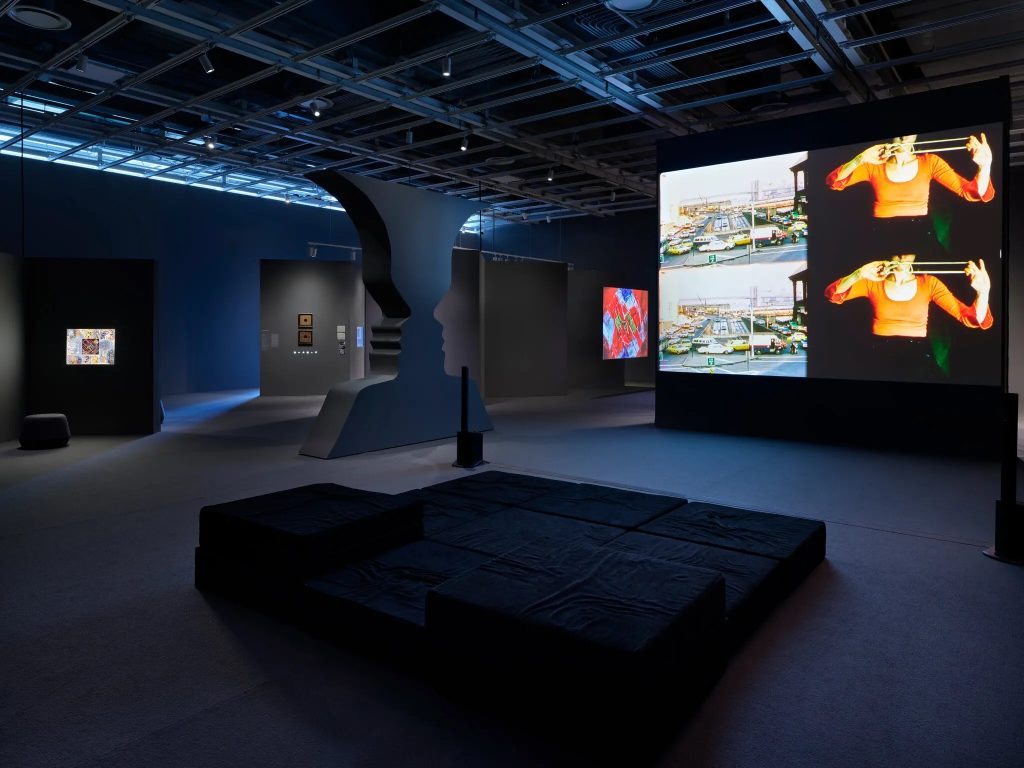Harry Smith, a visionary artist, filmmaker, and ethnomusicologist, left an indelible mark on American culture. Renowned for his groundbreaking work in various artistic realms, Smith defied categorization and challenged conventional norms. Now, the Whitney Museum of American Art in New York City seeks to showcase his multidimensional legacy. In this article, we explore the extraordinary life and contributions of Harry Smith and examine the Whitney’s endeavor to contain and celebrate his transformative impact on the cultural landscape.

- The Enigmatic Harry Smith
Harry Smith was a cultural maverick, defying expectations and transcending artistic boundaries. Born in 1923, he emerged as a prominent figure in the Beat Generation, a countercultural movement that flourished in the 1950s and 1960s. Smith’s diverse interests encompassed music, film, painting, and anthropology. His insatiable curiosity and innovative spirit propelled him to explore and document the rich tapestry of American folk music, indigenous art, and esoteric practices.
- The Anthology of American Folk Music
One of Smith’s most influential contributions was his groundbreaking compilation, the “Anthology of American Folk Music.” Released in 1952, this collection of traditional folk recordings served as a catalyst for the folk music revival of the 1950s and 1960s. The anthology introduced a new generation to the raw, authentic sounds of early American music, influencing artists such as Bob Dylan, Joan Baez, and the Grateful Dead. Smith’s meticulous curation and deep understanding of folk traditions transformed the musical landscape, reshaping popular culture.

- Experimental Filmmaker and Visual Artist
Beyond his musical endeavors, Smith made significant contributions to experimental filmmaking and visual arts. His films, including the abstract “Heaven and Earth Magic” and the animated “Early Abstractions,” challenged narrative conventions and pushed the boundaries of cinematic expression. Smith’s distinctive visual style, influenced by his interest in occultism and symbolism, left an indelible mark on the avant-garde film movement. Furthermore, his intricate, esoteric paintings and collages reflected his fascination with the mystical and the transformative power of art.
- The Whitney Museum’s Effort to Contain Smith’s Legacy
The Whitney Museum of American Art recognizes the profound impact of Harry Smith’s artistic and cultural contributions and seeks to honor his legacy. However, the challenge lies in containing the uncontainable, capturing the essence of a visionary who defied categorization and traditional artistic boundaries. The museum’s curators face the task of presenting Smith’s multidimensional work in a way that remains true to his spirit while making it accessible and engaging for audiences.

- Embracing the Multidimensionality of Smith’s Work
To effectively convey the breadth and depth of Smith’s artistic endeavors, the Whitney must adopt a multidimensional approach. This encompasses showcasing his musicological research, screening his films, exhibiting his visual art, and engaging visitors through interactive installations that capture the essence of his creative process. By embracing the multidimensionality of Smith’s work, the museum can provide an immersive experience that reflects his unconventional spirit and invites audiences to explore the boundaries of artistic expression.
- Exploring the Cultural Impact of Smith’s Legacy
Beyond the Whitney Museum, Smith’s legacy continues to reverberate in contemporary culture. The influence of his music, films, and artistic vision can be seen in various realms, from indie music to experimental cinema. Artists and filmmakers continue to draw inspiration from his groundbreaking approach, perpetuating his unconventional spirit and pushing artistic boundaries. The Whitney’s retrospective provides an opportunity to delve into the lasting cultural impact of Smith’s work and its relevance today.
- Preserving the Spirit of an Uncontainable Shaman
While the Whitney Museum’s retrospective aims to contain Harry Smith’s legacy within its walls, it is crucial to acknowledge the inherent paradox. Smith’s artistic and cultural contributions were born out of an untamable spirit, a refusal to conform to societal expectations. Preserving his legacy requires recognizing and embracing this untamed essence, allowing it to permeate the exhibition space and ignite the imaginations of visitors. By doing so, the Whitney can ensure that Smith’s transformative impact endures beyond the confines of a traditional museum setting.

Harry Smith was a cultural alchemist, transcending artistic boundaries and leaving an indelible mark on American culture. From his influential “Anthology of American Folk Music” to his groundbreaking experimental films and visual art, Smith defied categorization and challenged conventional norms. The Whitney Museum of American Art’s retrospective seeks to encapsulate Smith’s multidimensional legacy, a daunting task given the uncontainable nature of his creative spirit. However, by embracing a multidimensional approach and acknowledging the enduring cultural impact of his work, the museum can pay homage to Smith’s transformative vision and inspire future generations to push the boundaries of artistic expression. In doing so, they honor the legacy of a shaman who forever altered the culturallandscape.